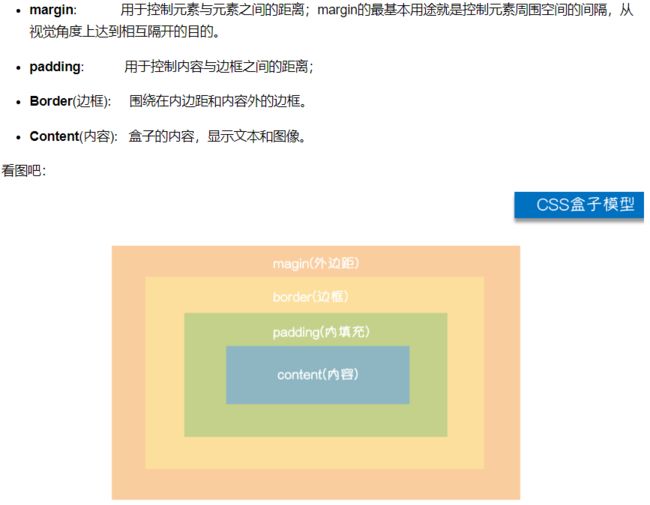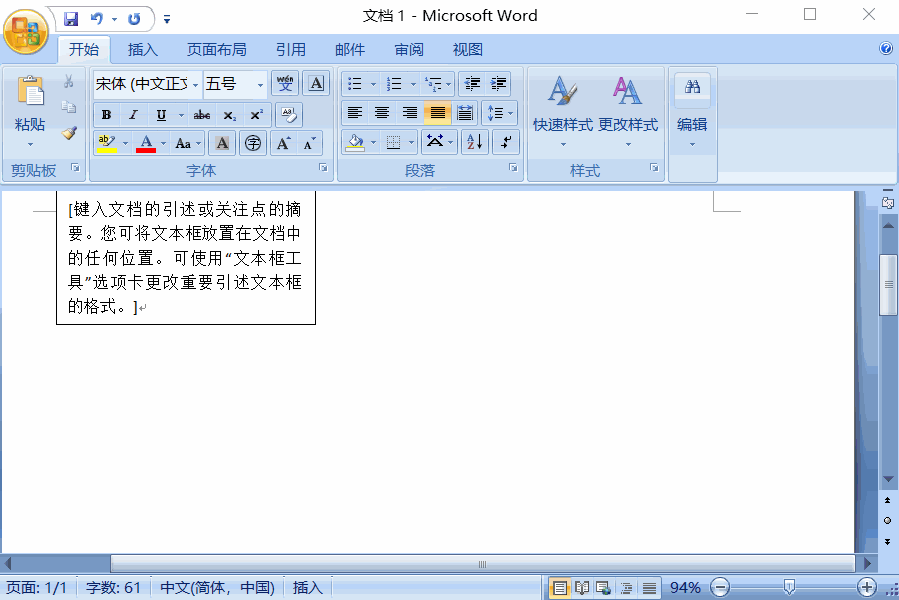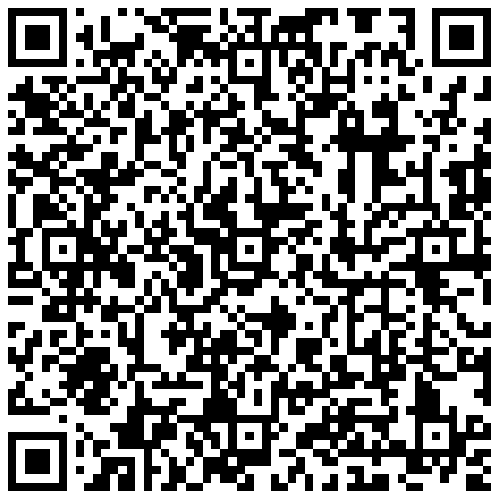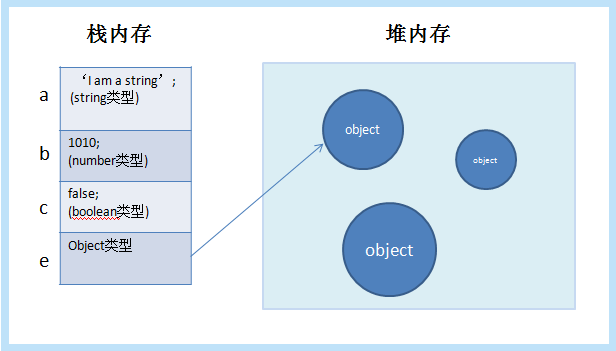前言
logistic回归,是一个分类算法,可以处理二元分类,多元分类。我们使用sklearn中的logistic对手写数字识别进行实践。
数据集
MNIST数据集来自美国国家标准与技术研究所,训练集由250个不同人手写数字构成,50%高中学生,50%来自人口普查局。
数据集展示
数据集下载
百度云盘:
链接:
提取码:5mrf
关于使用pycharm图片不显示
pycharm默认会在右边进行绘图,由于某些原因导致图片不能显示,只能是白图的解决办法。
逻辑回归手写数字识别
## logistis回归,是一个分类算法,可以处理二元分类,多元分类。
## 首先逻辑回归构造冠以的线性回归函数,然后使用sigmoid函数将回归值映射到散列类别
## sklearn 分类算法与手写数字识别
## 数据介绍
## MNIST数据集来自美国国家标准与技术研究所,训练集由250个不同人手写数字构成,50%高中学生,50%来自人口普查局
## 导包
import struct,os
import numpy as np
from array import array as pyarray
from numpy import append,array,int8,uint8,zeros
import matplotlib.pyplot as plt
from sklearn.metrics import accuracy_score, classification_report
from sklearn.linear_model import LogisticRegression
## 加载数据集
def load_mnist(image_file,label_file,path="mnist"):
digits=np.arange(10)
fname_image = os.path.join(path,image_file)
fname_label = os.path.join(path, label_file)
flbl = open(fname_label,'rb')
magic_nr, size = struct.unpack(">II", flbl.read(8))
lbl = pyarray("b",flbl.read())
flbl.close()
fimg = open(fname_image,'rb')
magic_nr, size, rows, cols = struct.unpack(">IIII", fimg.read(16))
img = pyarray("B",fimg.read())
fimg.close()
ind = [ k for k in range(size) if lbl[k] in digits ]
N = len(ind)
images = zeros((N, rows*cols),dtype = uint8)
labels = zeros((N,1), dtype = int8)
for i in range(len(ind)):
images[i] = array(img[ind[i]*rows*cols : (ind[i]+1)*rows*cols]).reshape((1,rows*cols))
labels[i] = lbl[ind[i]]
return images,labels
train_image, train_label = load_mnist('train-images.idx3-ubyte', 'train-labels.idx1-ubyte')
test_image, test_label = load_mnist('t10k-images.idx3-ubyte','t10k-labels.idx1-ubyte')
## 数据展示
## 28*28
def show_image(imgdata, imgtarget, show_column, show_row,titlename):
for index, (im, it) in enumerate(list(zip(imgdata, imgtarget))):
xx = im.reshape(28,28)
plt.subplots_adjust(left=1, bottom=None, right=3,top=2, wspace=None, hspace=None)
plt.subplot(show_row,show_column,index+1)
plt.axis('off')
plt.imshow(xx, cmap='gray', interpolation='nearest')
plt.title(titlename+':%i' % it)
# plt.savefig(titlename+'.png')
# 这个地方可能会有一个警告,可能因为图太大了,不过没关系,代码正常运行
plt.show()
show_image(train_image[:50], train_label[:50],10,5,'label')
## sklearn 分类模型
## 数据归一化
train_image = [im/255.0 for im in train_image]
test_image = [im/255.0 for im in test_image]
print(len(train_image))
print(len(test_image))
print(len(train_label))
print(len(test_label))
## 模型分类
## 模型实例化
lr = LogisticRegression(max_iter=1000)
## 模型训练
lr.fit(train_image,train_label.ravel())
## 模型验证
predict = lr.predict(test_image)
print("accuracy score: %.4lf"% accuracy_score(predict,test_label))
print("classfication report for %s:n%sn"%(lr, classification_report(test_label, predict)))
show_image(test_image[:100],predict,10,10,'predict')
结果展示
分析
我们展示了100张图片的识别效果,可以找到3张明显的识别错误,和模型的评估结果相似。
总结
我们可以多重复运行几次发现结果并没有变化,这可能也是logistic回归的缺点吧,我们也可以使用神经网络进行手写数字识别,但那是深度学习的内容,我们后续会对其进行实现。
© 版权声明
本站下载的源码均来自公开网络收集转发二次开发而来,
若侵犯了您的合法权益,请来信通知我们1413333033@qq.com,
我们会及时删除,给您带来的不便,我们深表歉意。
下载用户仅供学习交流,若使用商业用途,请购买正版授权,否则产生的一切后果将由下载用户自行承担,访问及下载者下载默认同意本站声明的免责申明,请合理使用切勿商用。
THE END























暂无评论内容